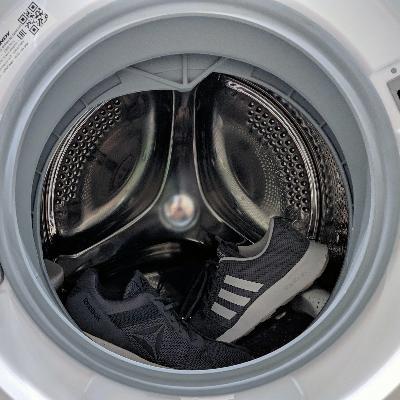
For many families, the choice between a standalone clothes dryer and a 2-in-1 washer and dryer machine can quickly become a headache. At first glance, combining two machines into one seems like an excellent way to save space, especially for those living in an apartment with limited space. But does this combination bring only the best of both worlds, or does it come with some caveats?
In this article, we delve into the nuances of both options, providing information on their operation, pros and cons, and how they fit into different lifestyles.
What is a 2-in-1 washer and dryer?
A washer and dryer machine is a versatile household appliance that combines the functions of washing and drying clothes in a single unit. While their origins date back to 1953, they have become an increasingly popular choice in urban environments, especially for those looking to maximize free space in their homes or apartments. These machines are designed to transition seamlessly from washing to drying automatically - but, as we will see shortly, this convenience comes with some limitations and disadvantages.
How do washer and dryer machines work?
In practice, a 2-in-1 washer and dryer machine does exactly what its name suggests: washing and drying. Initially, it operates like a regular washing machine, using water and typical cleaning products (detergent, fabric softener, etc.) to complete the washing cycle. Once this is done, the machine transitions to the drying phase.
During drying, a process typically involves a condenser with a heat transfer system, where hot air passes through metal fins cooled by water. Although this method is compact and doesn't require external ventilation, it is generally less efficient than air-based systems found in standalone dryers (though there are now 2-in-1 machines that use heat pump drying).
It's worth noting that the condenser system consumes a significant amount of water, which can lead to an unpleasant surprise on the water bill.
Advantages of combined washer and dryer machines
Undoubtedly, the major advantage is space savings. The compact design of combined washer and dryer machines is highly practical for apartments or homes with limited laundry space.
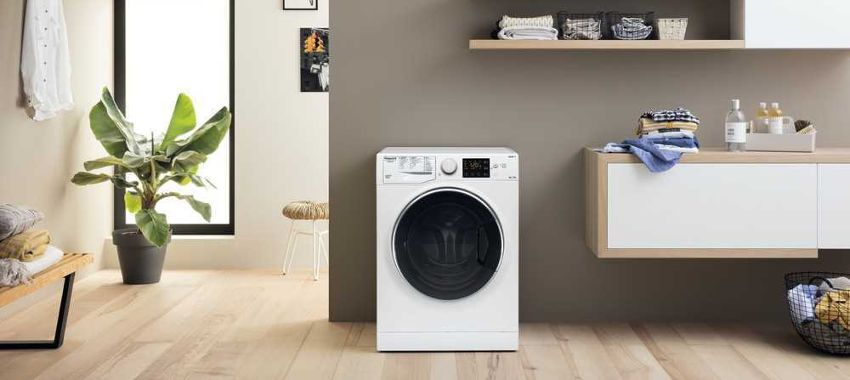
Furthermore, there is potentially a convenience advantage. Integrating washing and drying in a single machine can simplify the laundry process, reducing the need for manual intervention between cycles. However, it all depends on individual laundry habits.
Disadvantages of combined washer and dryer machines
While combined machines perform washing very similarly to standalone washers, the major drawback lies in drying, which is less effective. The drying capacities of 2-in-1 machines are often inferior to standalone dryers. Drying cycles can be excessively long, taking up to six hours in some models, and generally do not achieve the same level of dryness.
Another important point is the reliability and repair of these combined models. Being inherently more complex, 2-in-1 machines may require more frequent maintenance and technical interventions. While there is considerable model-to-model variability, an extensive investigation by The New York Times found that combined machines sold in the United States have a 70% repair rate within the first year of use.
Lastly, it's worth noting another limitation of 2-in-1 machines: the fact that they can only perform either washing or drying at a time, not both simultaneously, with a smaller capacity. This limitation can be a significant disadvantage for families with large laundry loads.
Stacked Washer and Dryer Machines
Interestingly, there's a third option for those seeking space savings and the advantages of using two separate machines: stacking the machines.
It turns out to be quite simple: two compatible units are stacked using a stacking kit, ensuring a secure and stable installation. This configuration provides the efficiency and capacity of standalone units while maintaining a smaller footprint in the home.
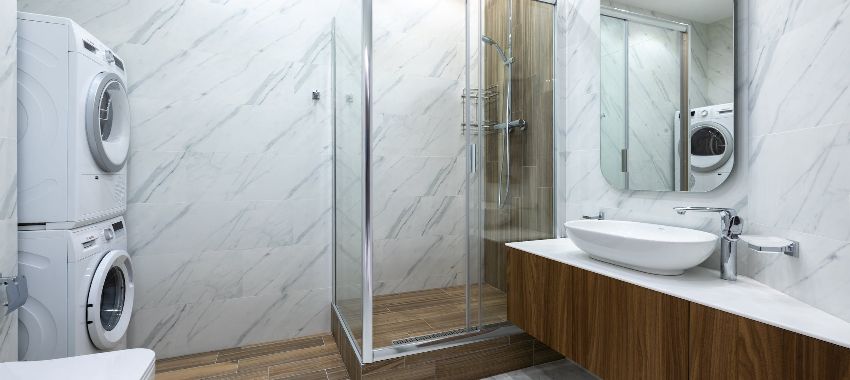
And what about the cost?
Currently, the prices of standalone washing and drying machines and combined machines can be quite similar, making the decision more about space constraints than budget.
It's worth noting that, due to their use of less efficient drying technologies, higher water volumes, and potentially greater need for repairs, 2-in-1 machines may result in a higher long-term investment.
Combine or Separate?
As we've seen in this article, the decision to buy standalone washing and drying machines or a combined washer and dryer nowadays essentially depends on the available space and the personal preferences of the user.
While combined washer and dryer machines offer a space-saving solution with the convenience of two functions in one unit, they come with several drawbacks. Less efficient drying performance, potential reliability issues, operating with only one function at a time, and higher long-term costs make it challenging to justify this option.
As concluded by "The New York Times" in its analysis on this topic, "if you don't have another practical option for washing and drying your clothes, you might consider getting an all-in-one washer and dryer."
However, there's nothing like analyzing which solution is ideal for your specific case. If you're still undecided about which option to choose, visit one of our physical stores in Porto or Braga, and one of our experts will help you find the best solution.
In the meantime, we suggest checking our stock of washing machines, dryers, and washer and dryer machines.



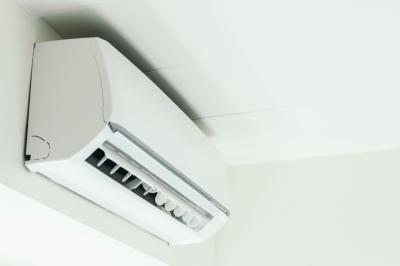
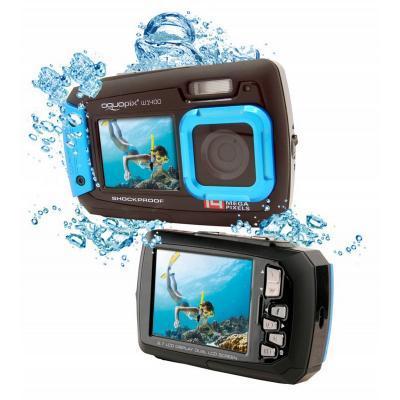
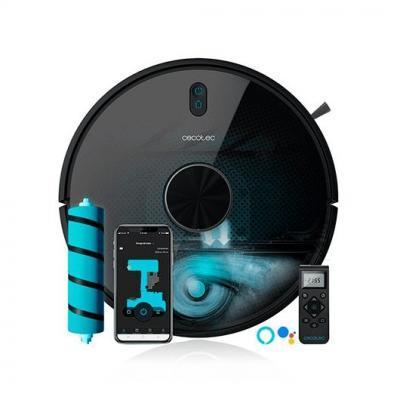
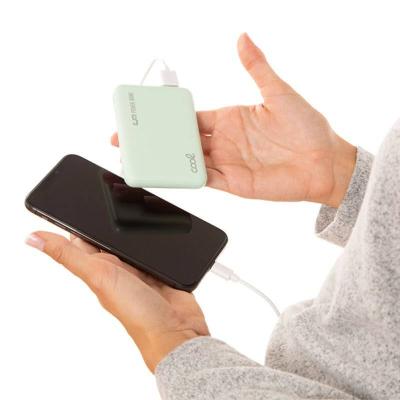

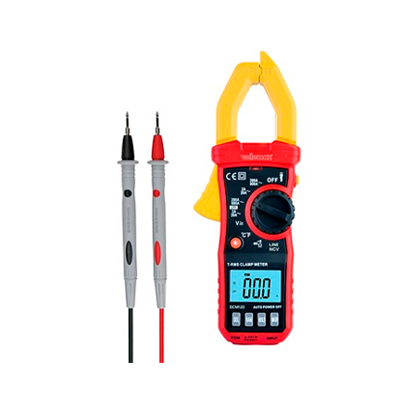
Comments